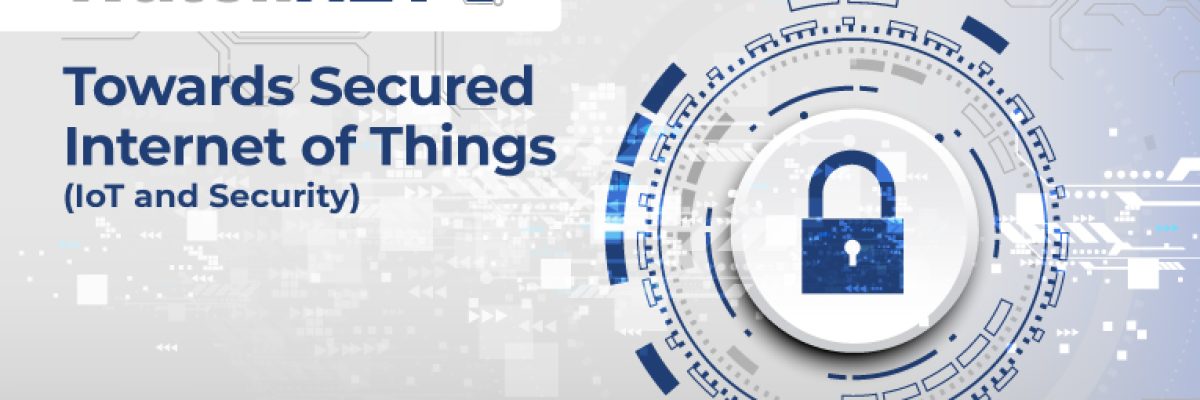
Our planet’s oceans cover over 70% of its surface, yet we possess more knowledge about the moon than about these vast bodies of water. The urgency to safeguard our oceans has grown exponentially due to the escalating effects of climate change and pollution. Thankfully, technological advancements have given rise to AI-powered water monitoring systems, revolutionizing our ability to comprehend and protect our oceans. In this article, we delve into the significance of AI-powered water monitoring systems in safeguarding our invaluable marine ecosystems.
Detecting Water Pollution and Ensuring Water Purity Water pollution poses a formidable threat to our oceans. Instances of oil spills, chemical contamination, and improper waste disposal continue to wreak havoc. AI-powered water monitoring systems equipped with advanced sensors can swiftly identify and quantify the concentration of contaminants in water bodies, including heavy metals, pesticides, and other harmful substances. Real-time data on water quality empowers us to respond promptly to pollution incidents and prevent further harm to our oceans.
Tracking and Analyzing Weather Conditions Weather conditions play a pivotal role in determining the health of our oceans. Parameters like water temperature and ocean currents significantly influence marine life behavior and water quality. AI-powered water monitoring systems, incorporating an array of sensors and monitoring devices, meticulously gather data on these weather patterns, offering profound insights into oceanic phenomena such as El Niño and its causes and effects.
Advancing Marine Conservation Efforts Preserving marine ecosystems is crucial to secure the future of our oceans. AI-powered water monitoring systems play a pivotal role by providing invaluable data on fish populations, migration patterns, and behavior. This knowledge enhances our understanding of marine life’s habits and requirements, enabling the development of effective conservation strategies. Additionally, real-time data on fishing vessel locations and movements helps combat illegal fishing practices that jeopardize fish populations.
Harnessing the Power of Data Analysis Water monitoring systems generate copious amounts of data, often overwhelming to process manually. AI-powered systems step in by analyzing this data in real-time, swiftly identifying trends, patterns, and anomalies. Leveraging machine learning algorithms, these systems make predictions about oceanic conditions, such as forecasting the spread of harmful algae blooms or identifying areas at high risk of pollution.
Promoting Collaboration and Partnerships Preserving our oceans necessitates a collaborative approach, involving scientists, policymakers, and technology experts. Water monitoring systems provide a shared data platform, facilitating seamless collaboration among these diverse groups. Moreover, AI-powered systems aid in overcoming language and cultural barriers, fostering global participation and cooperation.
Protecting our oceans demands a unified commitment from individuals, governments, and organizations worldwide. AI-powered water monitoring systems equip us with indispensable tools to comprehend and safeguard our oceans. By detecting water pollution, tracking weather conditions, supporting marine conservation, analyzing oceanic data, and promoting collaboration, these systems prove invaluable in preserving the health and biodiversity of our marine ecosystems. Empowered by AI, we can work collectively towards the shared objective of cleaner, healthier oceans for generations to come.

